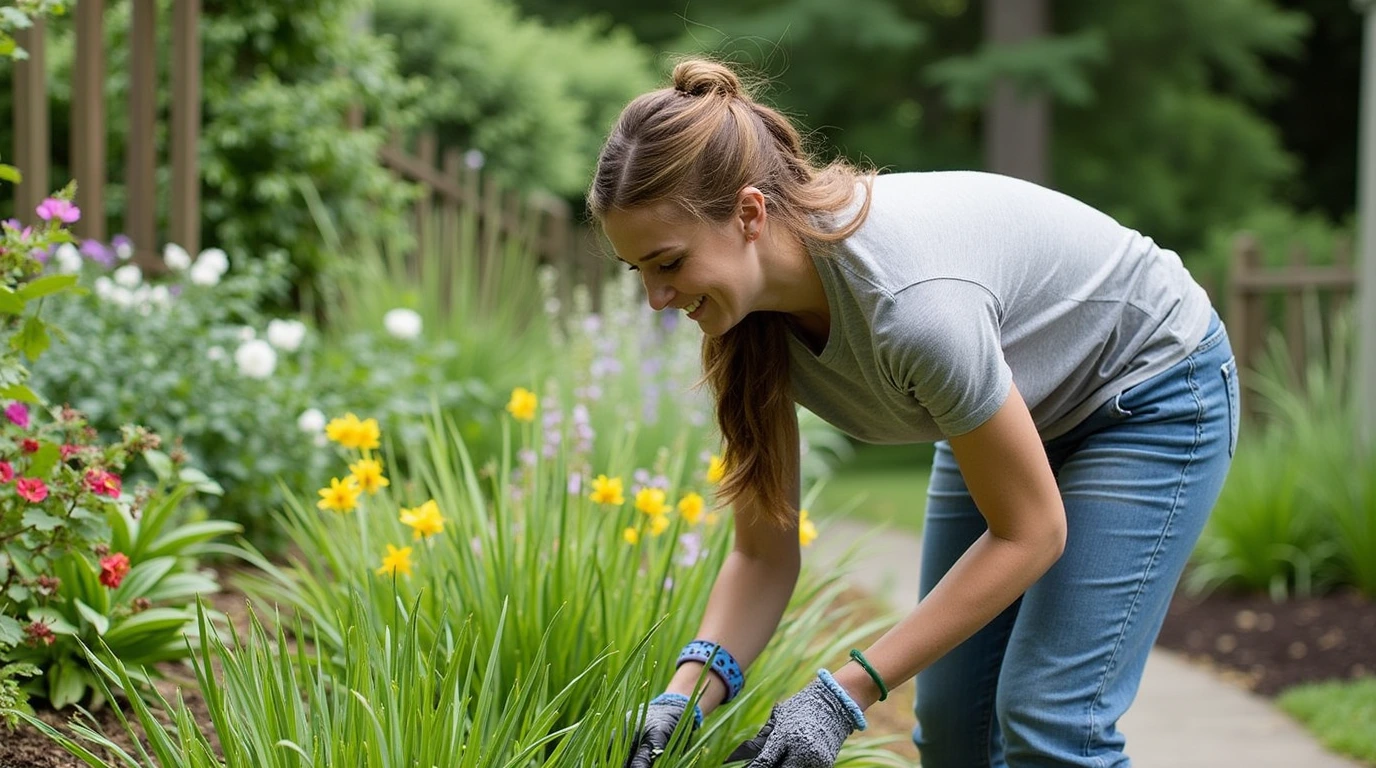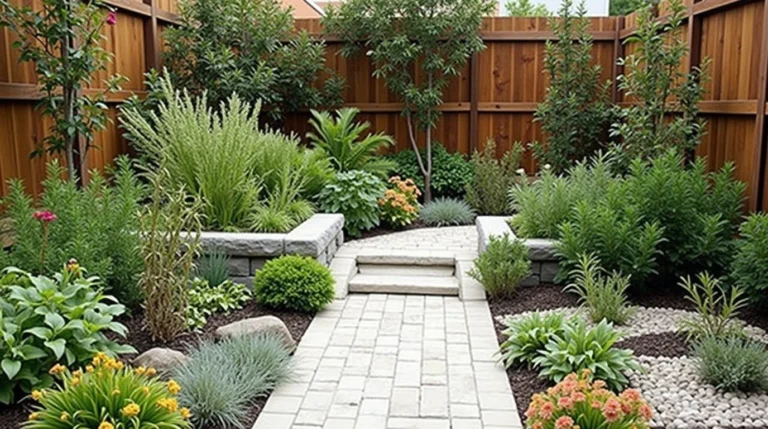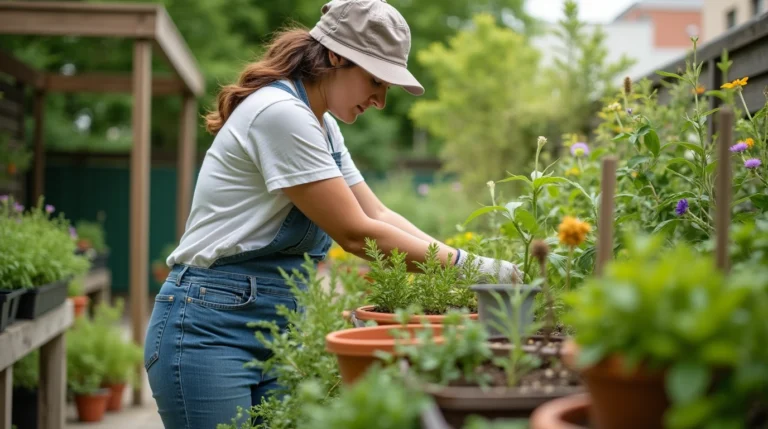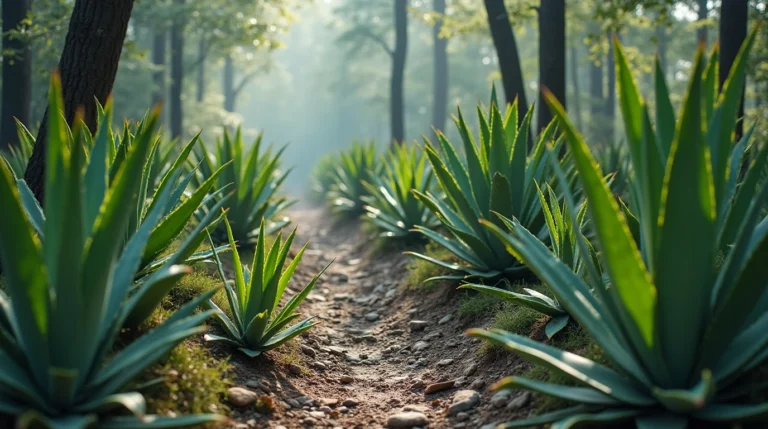“7 Powerful Gardening Tips for February and March: Achieve a Thriving Spring Garden”
Table of Contents
Get Ready for Spring with These Gardening Tips
As winter starts to recede, the first signs of spring begin to appear. February and March are the ideal months to get a jumpstart on your gardening plans. Even though it’s still cold in many regions, it’s the perfect time to prepare your garden for the upcoming growing season. In this blog, we’ll share 7 key gardening tips for February and March that will help your garden thrive. These tips will ensure you’re ready for the warmer months, whether you’re an experienced gardener or a beginner.
1. Gardening Tips for February and March: Start Planning Your Garden Layout
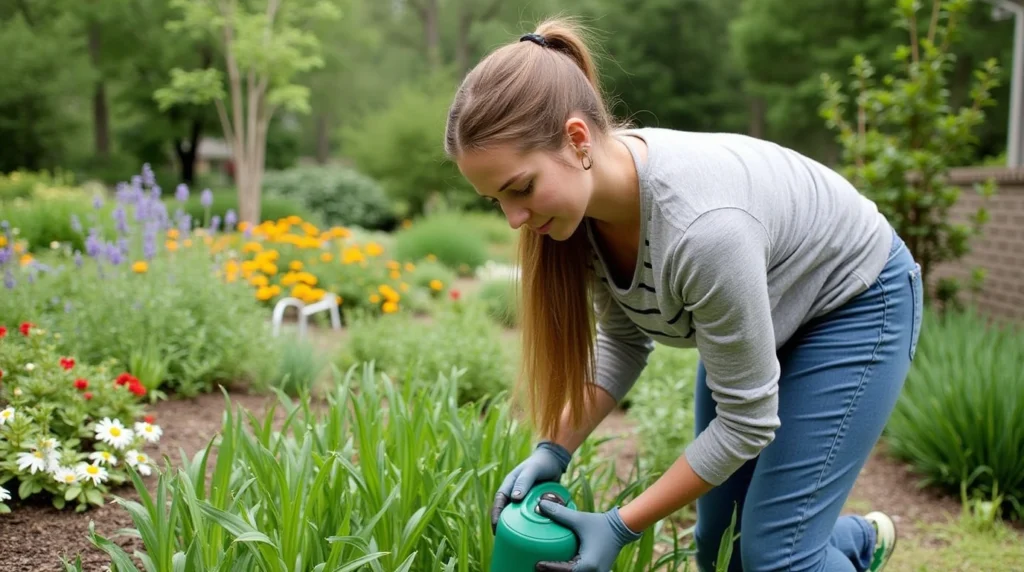
Get Organized for a Better Garden
Before you get too deep into the gardening season, take some time to map out your garden. Consider which plants did well last year and which ones need to be moved or replaced. This early planning will ensure a well-organized garden when the planting season officially begins.
Why It’s Important:
Planning ahead ensures a well-organized garden layout, which will help you avoid overcrowding and poor plant growth during the summer. By mapping out your garden now, you’ll be able to make adjustments before you start planting.
2. Gardening Tips for February and March: Prune Your Plants and Trees
Trim for Healthier Growth
February and March are excellent months for pruning your trees and shrubs. Winter dormancy means plants are in a resting phase, making it easier to cut back branches without stressing the plant. Pruning promotes healthy new growth in the spring.
Key Steps:
- Remove Dead or Damaged Branches: Prune any dead or broken branches that could pose a hazard during a storm. These dead branches may also prevent healthy growth in spring.
- Shape Plants: Trim your plants into a shape that encourages strong growth. Focus on cutting back overgrown branches to allow sunlight and air circulation to reach the plant’s center.
- Avoid Pruning Early: Be careful not to prune too early, especially if frost is still expected. Wait until the threat of frost has passed.
Why It’s Important:
Pruning promotes new growth, improves the plant’s structure, and helps it withstand pests and diseases. Additionally, it removes any potential hazards like dead branches that could fall during a storm.
3. Gardening Tips for February and March: Prepare Your Soil for Spring Planting
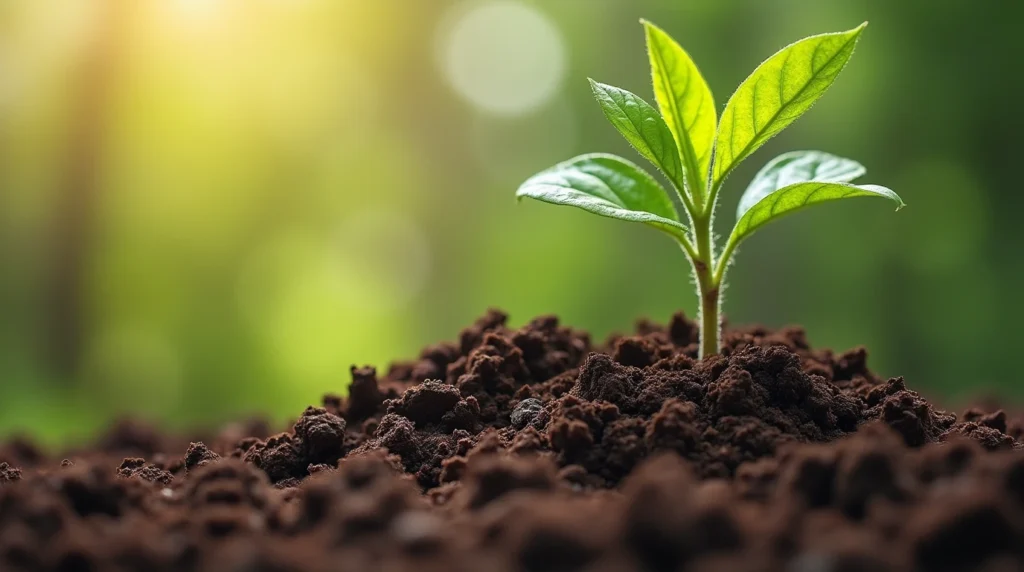
Build Strong Foundations for Your Garden
As the ground thaws, it’s the perfect time to prepare your soil for spring planting. Healthy soil is the foundation of a successful garden, and now is the best time to make sure your soil has the nutrients and structure it needs to support your plants.
Key Steps:
- Test Soil pH: Use a soil test kit to determine the pH level of your soil. Different plants thrive in different pH ranges, so it’s important to know whether your soil is acidic, neutral, or alkaline.
- Amend the Soil: Based on the results of your soil test, you may need to amend your soil with compost, organic matter, or fertilizers. This can improve the texture and nutrient content of the soil, ensuring plants have what they need to grow.
- Loosen the Soil: Use a garden fork or tiller to loosen compacted soil, allowing roots to grow more easily.
Why It’s Important:
Healthy soil is essential for strong plant growth. By testing and amending your soil now, you’re giving your plants the best chance for success when the growing season begins.
4. Gardening Tips for February and March: Start Seeds Indoors
Get a Head Start on Your Plants
If you want to get a jump on the growing season, consider starting your seeds indoors during February and March. Certain plants like tomatoes, peppers, and herbs need a longer growing season to thrive. By starting them indoors, you can give them a head start before the last frost.
Key Steps:
- Choose the Right Containers: Use seed trays or small pots to start your seeds indoors. Make sure each container has drainage holes to prevent water from accumulating and rotting the seeds.
- Provide Adequate Light: Use grow lights or place your seed trays near a sunny window to provide adequate light. Most seeds need 12-16 hours of light per day to germinate and grow strong.
- Water Gently: Keep the soil moist but not waterlogged. Overwatering can lead to mold and root rot.
Why It’s Important:
Starting seeds indoors allows your plants to mature faster, giving you a head start on the outdoor growing season. When it’s time to transplant them outside, they’ll already be well-established and ready to thrive.
5. Gardening Tips for February and March: Protect Your Plants from Late Frosts
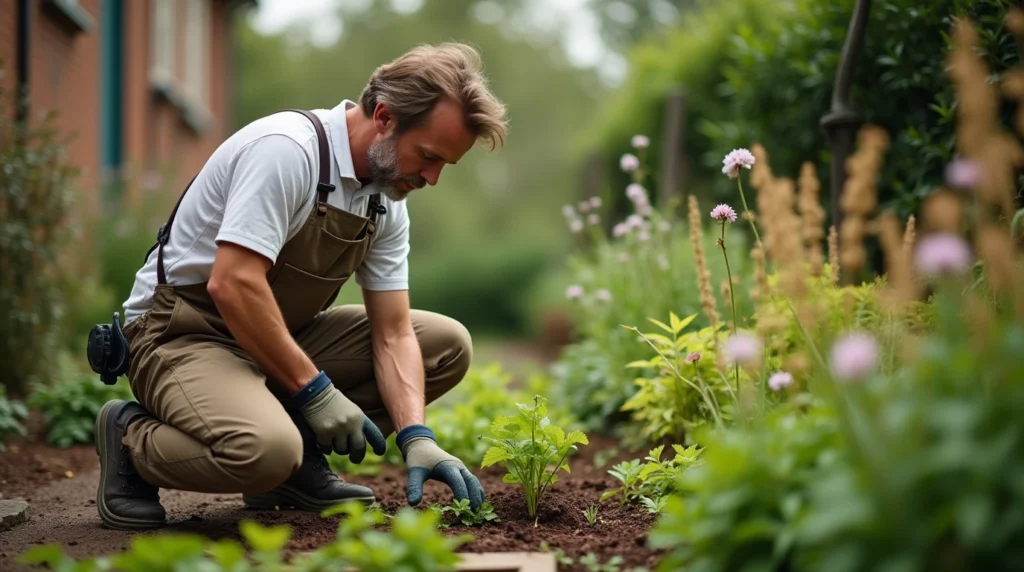
Shield Your Plants from the Cold
One of the challenges of gardening in February and March is the unpredictable weather. Even though spring is around the corner, late frosts can still occur. These frosts can damage or even kill tender plants, so it’s crucial to take steps to protect them.
Key Steps:
- Use Row Covers: Row covers are lightweight fabric sheets that shield plants from cold temperatures. They allow sunlight and rain to pass through while protecting plants from frost.
- Cover Seedlings: If you’ve already planted seedlings outdoors, use cloches or frost blankets to cover them at night and during colder weather.
- Monitor Weather Forecasts: Stay up to date with local weather forecasts so you can anticipate any unexpected frosts.
Why It’s Important:
Frost can severely damage or kill young plants, especially tender seedlings. Taking steps to protect your plants will ensure they survive sudden temperature drops and continue to grow strong throughout the season.
6. Gardening Tips for February and March: Clean and Sharpen Your Gardening Tools
Prepare Your Tools for the Season
Now is the perfect time to clean, sharpen, and repair your gardening tools. Well-maintained tools are not only more effective but also make gardening tasks easier and safer.
Key Steps:
- Clean Tools Thoroughly: Remove dirt, rust, and plant residue from your tools with a wire brush or sponge. If needed, soak them in soapy water for a few minutes.
- Sharpen Blades: Use a sharpening stone or file to restore the edges of pruning shears, hoes, and other tools with sharp blades.
- Repair Handles: Check your tools for any loose screws, broken handles, or signs of wear. Repair them before you start using them in the spring.
Why It’s Important:
Clean, sharp tools will make your gardening tasks easier and more efficient. They also help prevent the spread of diseases from plant to plant.
7. Gardening Tips for February and March: Plan Your Fertilizing Schedule
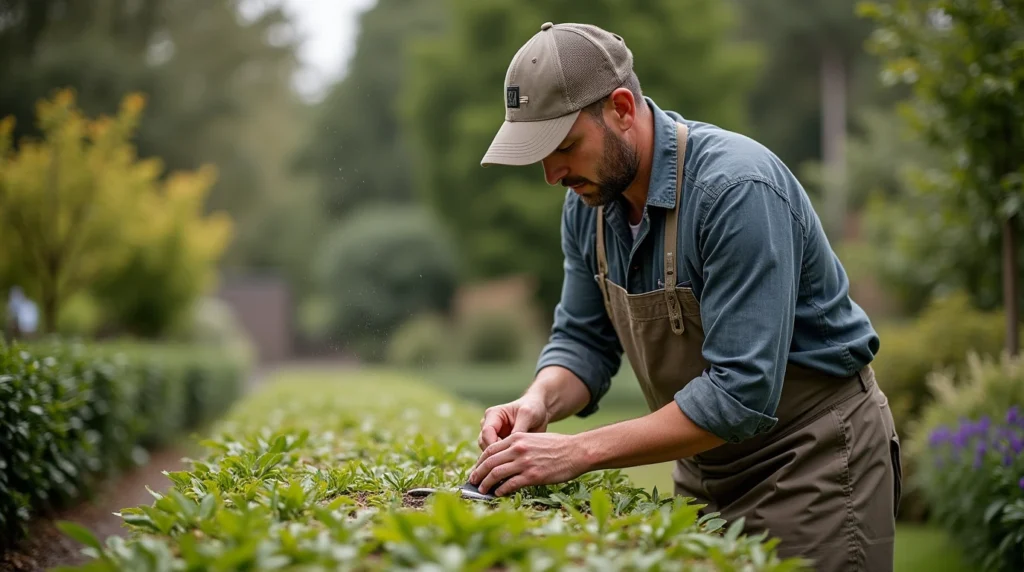
Give Your Plants the Nutrients They Need
Many plants require extra nutrients when they come out of dormancy in spring. By planning your fertilizing schedule now, you can ensure your plants have the necessary nutrients to thrive.
Key Steps:
- Use Balanced Fertilizer: Choose a balanced, slow-release fertilizer that provides essential nutrients like nitrogen, phosphorus, and potassium.
- Time It Right: Fertilize your garden early in the growing season to encourage strong root and leaf growth, but avoid fertilizing too late in the season, as it can result in excessive growth and weaker plants.
- Consider Organic Options: Organic fertilizers like compost, bone meal, and fish emulsion can enrich your soil with beneficial microorganisms and nutrients.
Why It’s Important:
Fertilizing properly helps your plants grow strong and healthy. It ensures they receive the nutrients they need for maximum yield, beauty, and vitality throughout the growing season.
Conclusion: Make the Most of February and March with Gardening Tips
As we’ve seen, there are many key gardening tasks that can be tackled in February and March. By taking the time to plan your garden layout, prune your plants, prepare your soil, and more, you’ll set yourself up for a successful growing season. Whether you’re getting ready to plant new seeds, protect your garden from frost, or simply clean your tools, these 7 gardening tips for February and March will ensure your garden thrives in the coming months.
Get ahead of the game this spring and make February and March your most productive gardening months yet!

